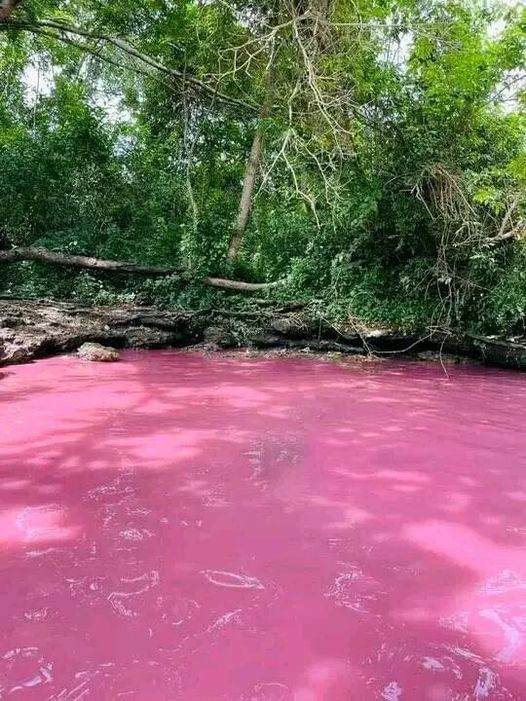“Isinuka Springs, Port St Johns, Eastern Cape
Macbulele Zizikazi Madafe
What are they?
People have for years believed that the Isinuka Springs have healing powers, with some even confirming they had been healed of their ailments by visiting this “sacred place”, as it is known in Phondoland.

Driving into the area, you turn on to the gravel road leading up to the springs situated in a densely forested area. There you find a group of young boys who offer to help visitors to access the springs. Some mill around selling the white Isinuka mud, which is said to have healing properties, in plastic bottles.
The name Isinuka means “place of smell”, referring to the smell of sulphur that rises from the springs.
Isinuka is a few metres off the R61 route and there is a hive of activity among both locals and visitors.
A small hole in the rock greets you, from which you can inhale a menthol-like smell that reminds one of Vicks VapoRub ointment.
By breathing in the menthol-tainted air, people were allegedly healed of headaches and flu. However, you need to be very careful and not inhale too much, because they say that it can be dangerous.
After inhaling the Isinuka’s smells, you then proceed to the caves. As we entered the caves there was a dim light coming from two candles. This is the place where people get the white mud that they smear on their faces, as they believe it cleanses the skin and also helps with various skin problems.
Kangela said the caves were not very deep, but over the years people have dug deeper in search of the smooth mud that is free of stones.
The caves are also used by sangomas, who claim that it is easy for them to connect with their ancestors in Isinuka. Some even come to perform their rituals here. Some people don’t feel comfortable entering the caves and they hire the kids in the area to get them the Isinuka mud. People pay between R10 and R20 for this errand.
To reach the spring water, which seeps out of a stone shaped like a womb, visitors have to climb up a steep hill using a fig tree as an improvised ladder. At the top is where you find the famous pink spring water. The water tasted very salty and smelt like boiled eggs due to the sulphur content. The pink pool was supposed to be boiling, but the water was not. The locals refer to it as “umabile banda”
People bath here as they believe this cleansing ritual will help them fight off bad luck and evil spirits. Some dip their swollen feet into the pool, as there is a belief that the water can healing any ailments
He said the springs were initially on the other side of the hill and it is claimed that when white people in the area heard about their healing powers, they tried to commercialise it.
“As soon as they fenced it off, the place went dry and instead the water came out on the other side of the fenced area. Again they tried to fence off that area and the same thing happened … the water dried up and it came out in this area we are in now. The pool is naturally pink even after the heavy rains,” he said.
He added that people with evil spirits were also exposed when they got to the Isinuka Springs:
If you have evil spirits, the water will dry up and it will only come out again when you have left the area.”
Source: We are South Africans